In many Canadian cities, we continually hear about low vacancy rates and increased demand for rental properties across the country. What exactly does this metric refer to and what does it really mean? In this post, liv.rent sheds some light on the matter, breaking down what Canada’s current vacancy rates are and what they mean for both renters and landlords.
Table of Contents
What is the vacancy rate in Canada?
What is the current vacancy rate in Vancouver?
What is the vacancy rate in Toronto?
What is a healthy vacancy rate?
How do you calculate the vacancy rate
What causes high vacancy rates?
Why is the vacancy rate important?
Is your rental priced competitively?
Find out with a free rent estimate. Our team of rental experts will calculate your unit’s true value based on your listing details & current market trends.
What is rental vacancy rate?
The vacancy rate refers to the percentage of units that are vacant or unoccupied in a city, region or a given property. This rate is important to a city’s rental market as it’s an indicator of both desirability and scarcity within the area.
What is the vacancy rate in Canada?
Looking at Canada as a whole, Vancouver has the lowest residential vacancy rate while Calgary has the most availability.
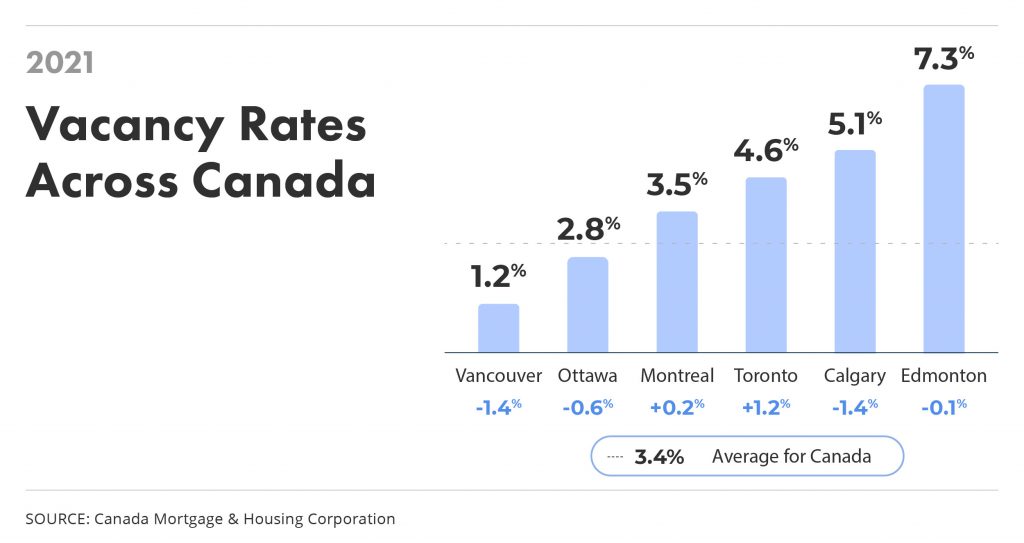
What is the current vacancy rate in Vancouver?
The Vancouver rental vacancy rate has been low for years but started to grow after the onset of the COVID-19 pandemic. Figures from the Canadian Mortgage and Housing Corporation show that the apartment vacancy rate jumped from 1.1% in 2019 to 2.6% in 2020, and has now fallen back to 1.1% for the most recent 2021 numbers.
Increased demand as rental markets returned to normal across the country largely drove Vancouver’s rental vacancy rate in 2021. In the centre of the city, new construction added to the supply while vacancy rates in suburban areas away from the city center declined.
However, these rates don’t tell the full story. For example, the CMHC doesn’t take into consideration rentals owned by individuals, like an investment condo that they would then rent out.
Vacancy Rates In Vancouver By Neighbourhood
If you break down the vacancy rate by neighbourhood in Vancouver, then some striking patterns emerge. Aside from Downtown, all the neighbourhoods here have a vacancy rate of less than 1%, with UBC currently seeing a 0.0% vacancy rate now that students have largely returned to campus.
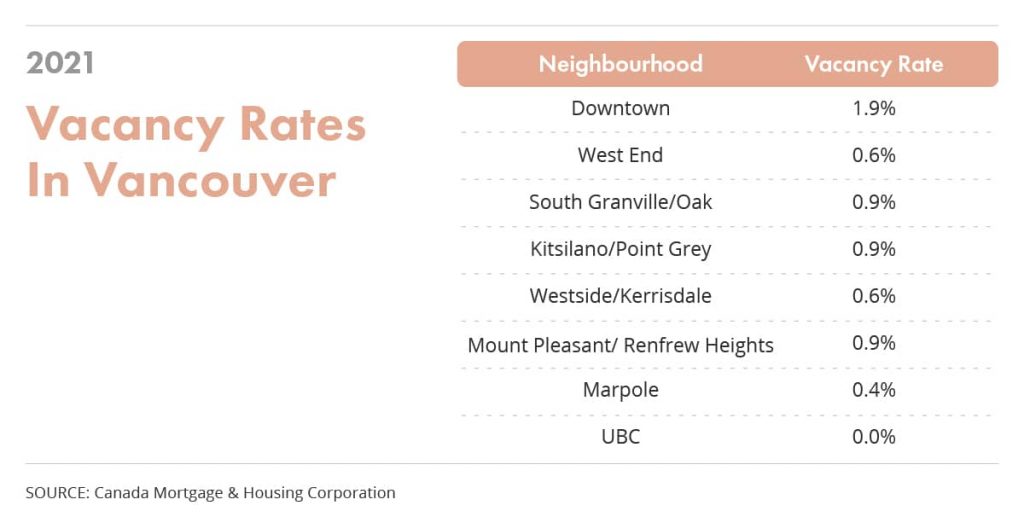
What is the vacancy rate in Toronto?
Looking at another major Canadian city like Toronto, we can gain even more context and see that it’s not just the West Coast experiencing this phenomenon, although the City of Toronto’s rates are relatively high compared to years past.
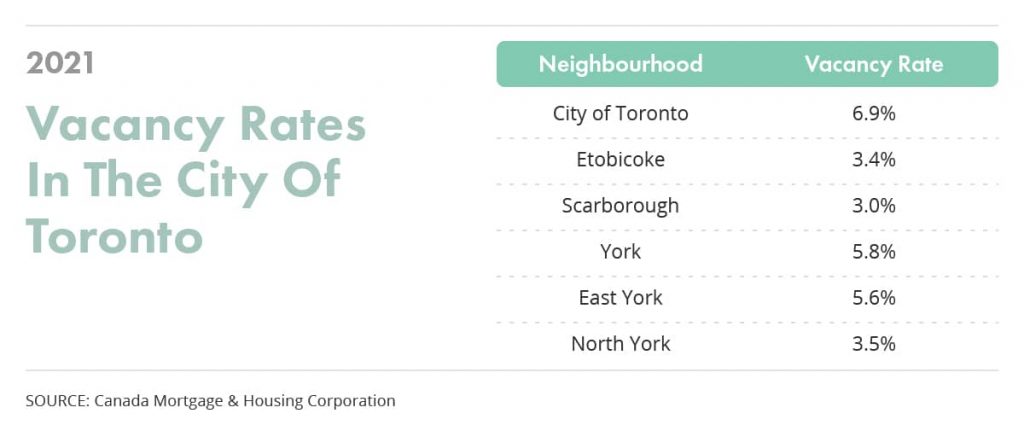
What is a healthy vacancy rate?
The answer to this is somewhat subjective and answers vary depending on your source. In general, a healthy vacancy rate is considered to be around 3%. At this rate, tenants will have sufficient options available and rent rates are held at reasonable levels that do not impact housing affordability.
How do you calculate the vacancy rate?
Determining the vacancy rate formula is fairly straightforward. You simply multiply the number of vacant units by 100 and then divide that result with the total number of units. The vacancy rate plus occupancy rate should add up to 100%.
Vacancy rate formula
To illustrate the formula, let’s look at a sample apartment building with 50 rental units, 5 of them unoccupied.
5 x 100 = 500
500/50 = 10% vacancy rate
For the renter, this building is a good place to look for a home.
For the landlord, however, this building’s higher than average vacancy rate suggests this may not be the best investment property. Alternatively, it may signal to the landlord that:
- rent rates are too high;
- building is poorly managed;
- or it is in need of improvements.
The landlord should take steps to remedy the situation in order to fill the empty units and ensure a good return.
What causes high vacancy rates?
On a regional level or within neighbourhoods or individual buildings, a high vacancy rate can indicate that the area is undesirable for any number of reasons. A lack of local amenities, high crime rates, or simply an excess supply of rental housing can all impact an area’s vacancy rate. While looking at this rate is one way for investors and landlords to decide if renting their unit is a worthwhile pursuit, it’s also not the only thing they should look at.
High vacancy rates for an entire city or across the country are a sign of systemic issues, such as higher vacancy rates in many Canadian cities during the early stages of the COVID-19 pandemic. In these cases, many renters left the city and in many cases, without the influx of new renters to replace them, vacancy rates rose temporarily. These changes are usually short-lived as landlords will offer incentives to encourage renters to stay, or regional rent prices will gradually fall to restore interest.
Why is the vacancy rate important?
Current vacancy rates should be of interest to both landlords and tenants. For landlords, it is a key indicator of whether or not a property or overall market is a good investment. For tenants, it provides some indication of how easy or difficult it will be to find rental housing. It will also drive rent rates as it is a metric that indicates the supply and demand situation in any given area.
Looking ahead: Canada rental market predictions 2023
A recent story from Global News posits that Vancouver has largely returned to its pre-pandemic rental housing levels, which is certainly consistent with what we’ve been seeing both in price and in vacancy rate. This isn’t great news for renters, as scarcity and pricey rentals were already an issue for the city. Hopefully, rental rates return to more reasonable levels soon.
FAQ: Vacancy rate Canada
What is the best vacancy rate?
There is no perfect vacancy rate, but in general, a rate of around 3% is close to ideal for both renters and landlords. At this level, renters have enough options to choose from that there isn’t a housing shortage, yet landlords should have no problem filling vacancies within their buildings.
Do you want a high or low vacancy rate?
For landlords, a low vacancy rate within their neighbourhood/building is ideal, as it means that there are few properties/units that haven’t been rented.
For renters, higher vacancy rates are more desirable as it means you may have more negotiating power when applying for rental units.
Which city has the highest vacancy rate?
Among Canadian cities, Edmonton had the highest Vacancy rate at 7.3%.
Which cities have the lowest vacancy rate?
Is Toronto a renter's market?
Despite relatively high vacancy rates in the city throughout 2021, rent prices in Toronto have rebounded this year.
It remains to be seen what 2022’s vacancy rates will look like, but at present, a relatively low housing supply has seen higher demand and corresponding high rent prices.
How is the rental market in Vancouver?
Vancouver’s rental market is seeing some of the highest average rent prices ever as of November 2022, led by increased demand and rising interest rates.
We’ll again need to wait until the CMHC’s annual report to gauge vacancy rates, however.
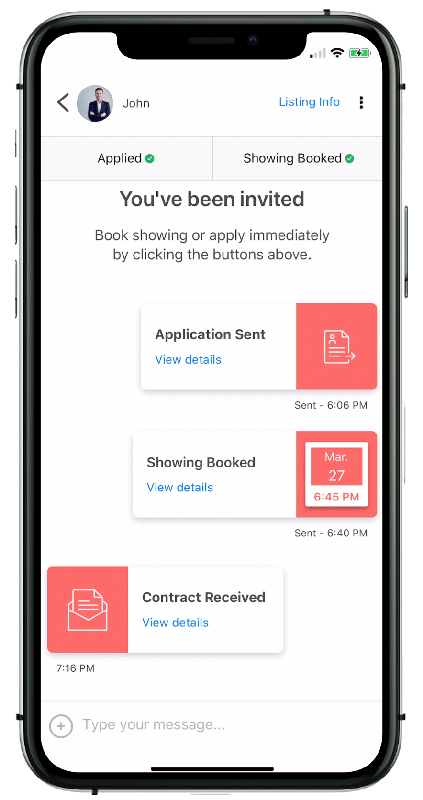
Rethink The Way You Rent
Not on liv.rent yet? Experience the ease of digital applications & contracts, verified tenants & landlords, virtual tours and more – all on one platform. Sign up for free or download the app.
Subscribe to receive the latest tenant & landlord tips and get notified about changes in the Canadian rental market.
>> Stay up-to-date on the average rent in Vancouver, Toronto and Montreal: Rent Reports.
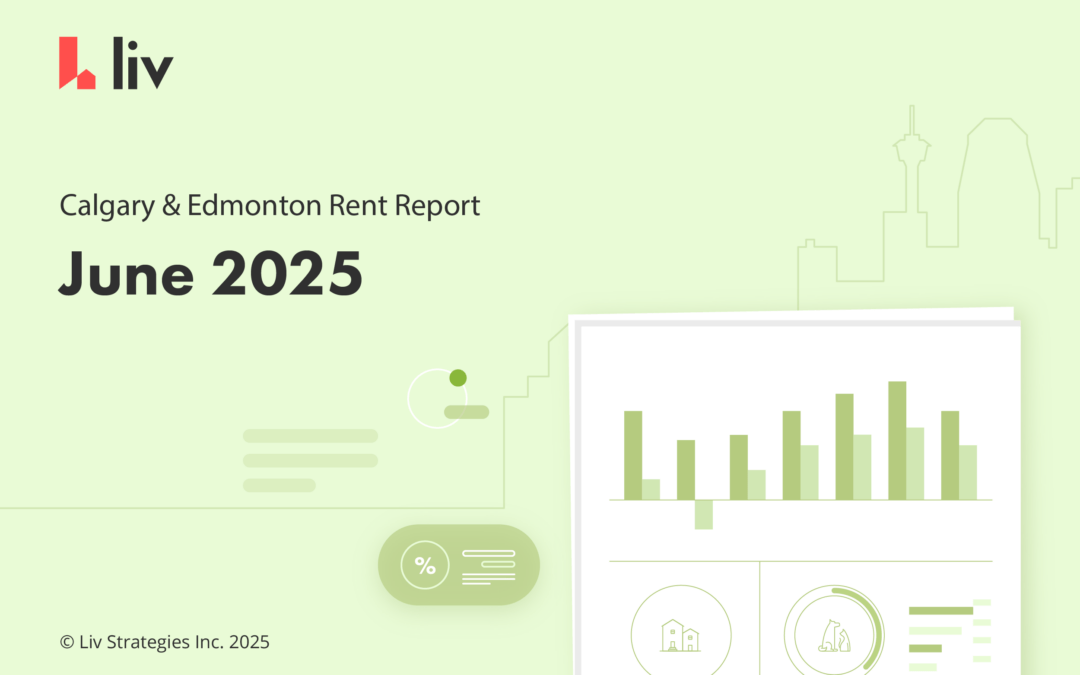
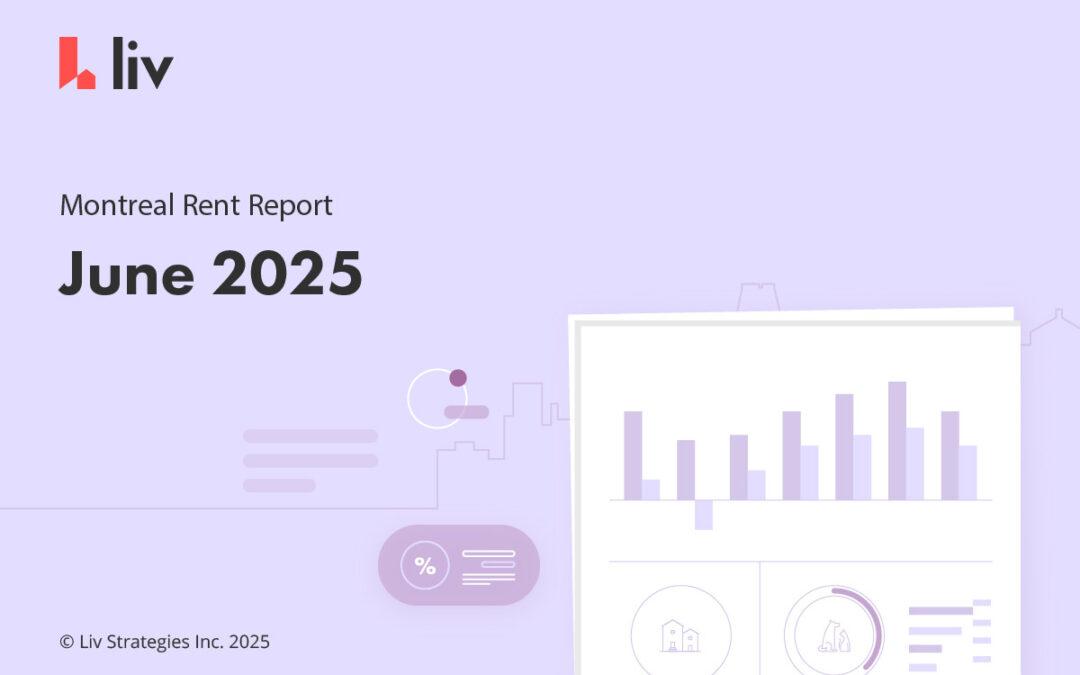
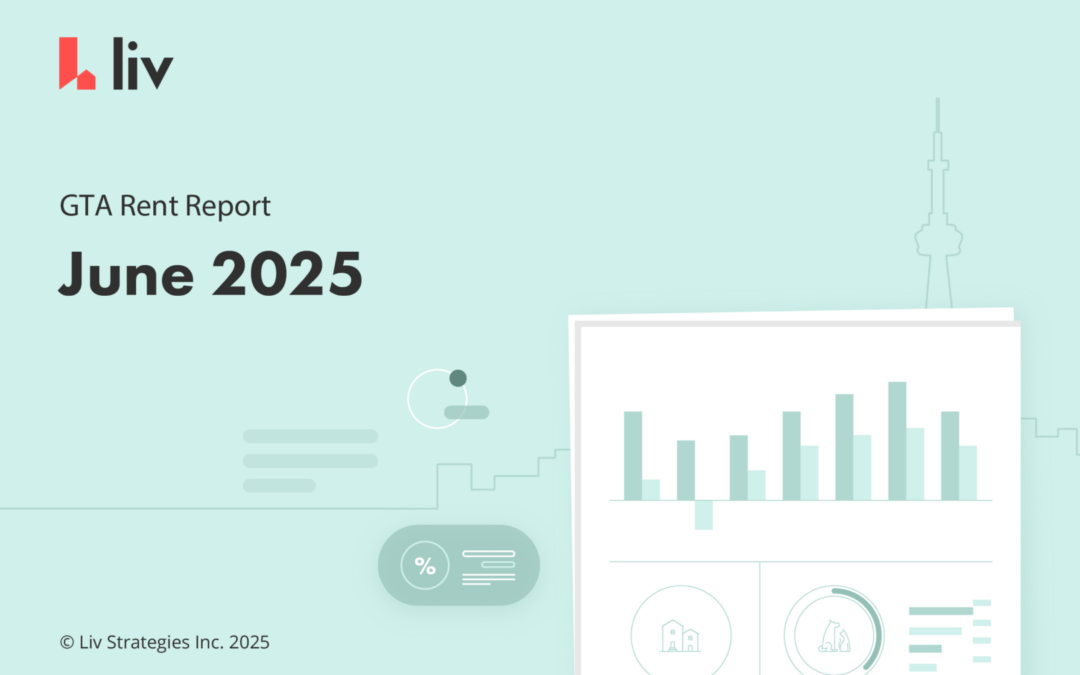
0 Comments